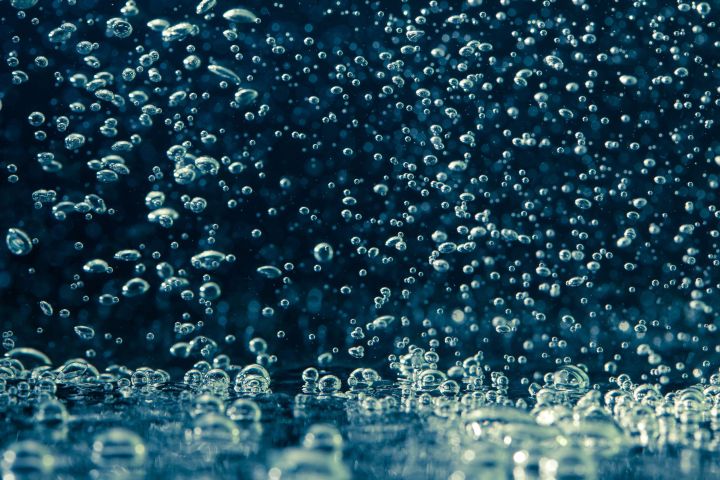
The research, which could potentially have a massive impact when it comes to providing drinking water for millions of people around the world who currently lack an adequate supply of it, was carried out by researchers at the U.K.’s University of Manchester — and published in the journal Nature Nanotechnology.
“Graphene-oxide membranes are known to be promising candidates for filtration technologies, like desalination, whereby you turn salt water into drinking water,” Dr. Vasu Siddeswara Kalangi, one of the co-authors on the paper, told Digital Trends. “The reason this can’t be practically carried out, however, is because of a problem with swelling of the membrane when it comes into contact with water. As a result, it can’t be used for the desalination purpose. What we’ve done is to produce an effective and scalable methodology for restricting this swelling.”
The reason graphene-oxide membranes can act this way is due to the fact that water flows through the membrane’s tiny pores, while larger ions (read: large pieces of salt) are blocked from doing so. By working out how to avoid the swelling issue, the Manchester-based group has now found a way to precisely control the pore size in the membrane.
The work has been shown as a proof-of-concept, although we’re still a way off from this rolling out as a real world solution — although Siddeswara Kalangi certainly hopes that is on the cards. Fortunately, while methods for manufacturing large quantities of single layer graphene are still expensive, it is possible to produce graphene oxide using simple oxidation in the lab.
“Currently this technology has only been created at laboratory scale,” Siddeswara Kalangi continued. “What we need to do is to collaborate with companies for commercial and real-life applications. We also need to make sure that it will be both scalable and equally as effective at producing clean water at scale.”


